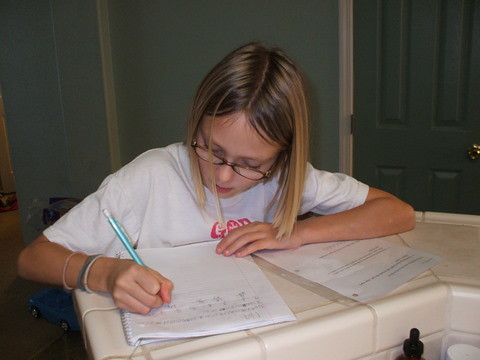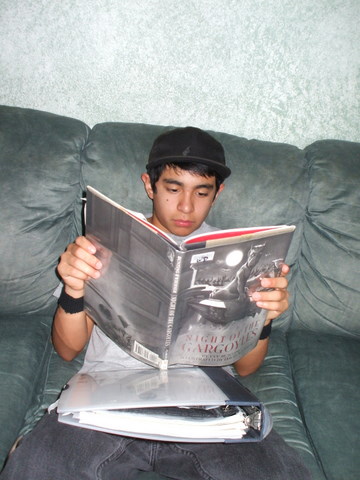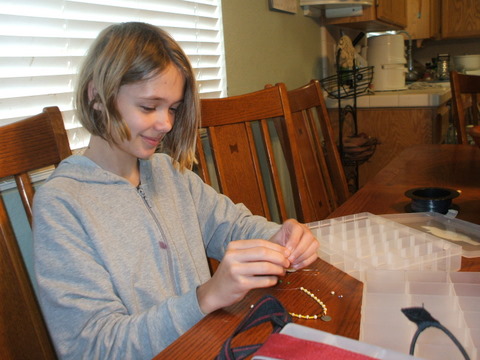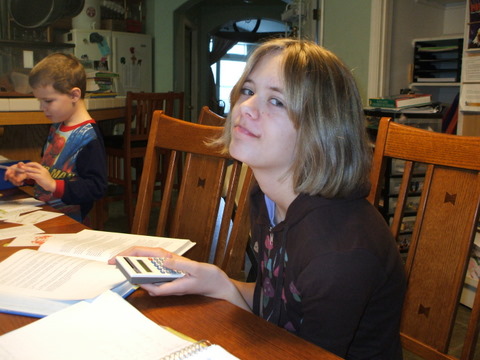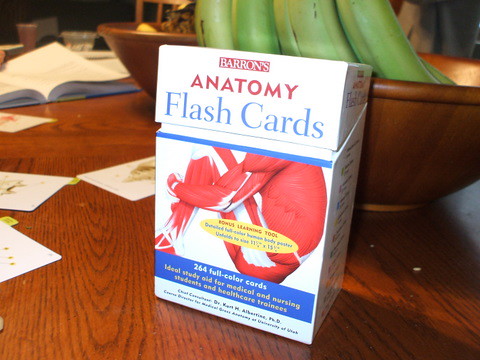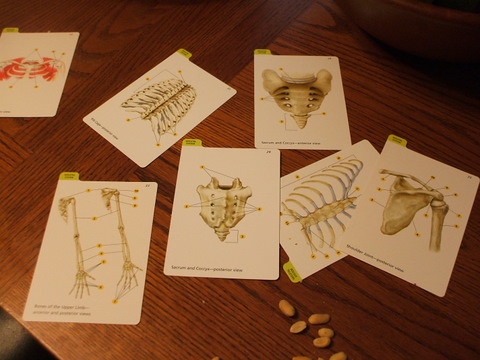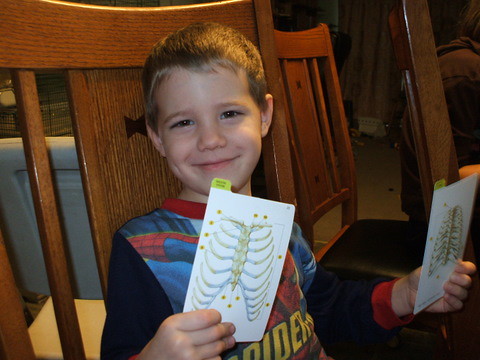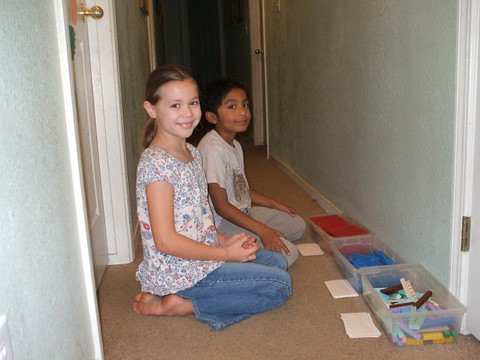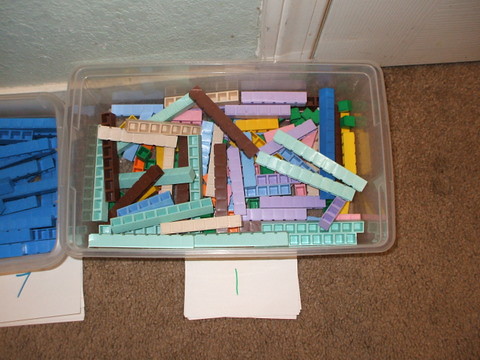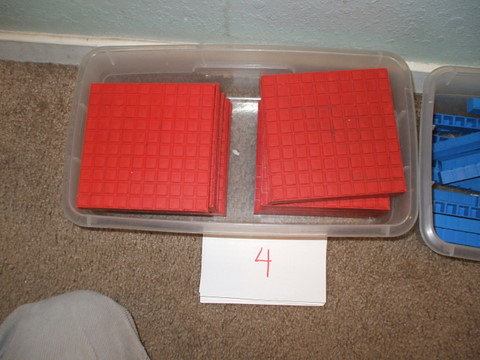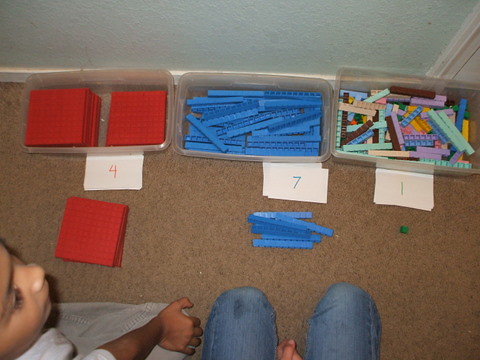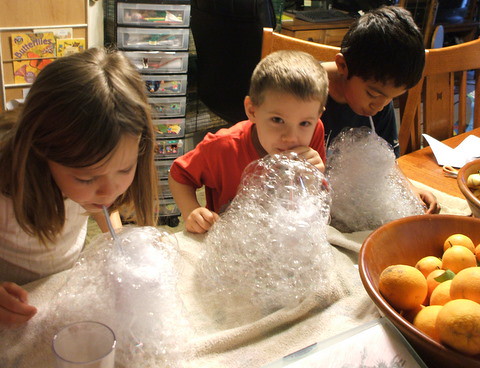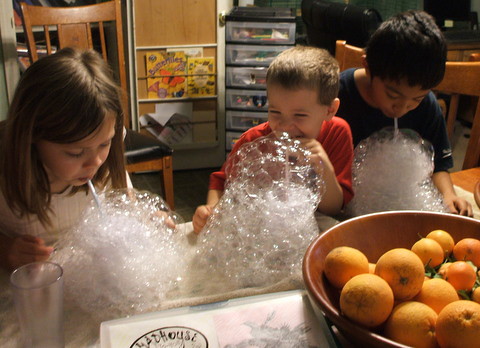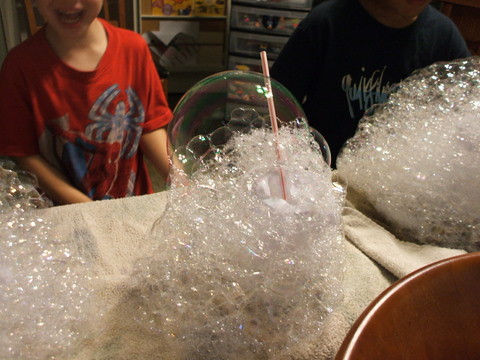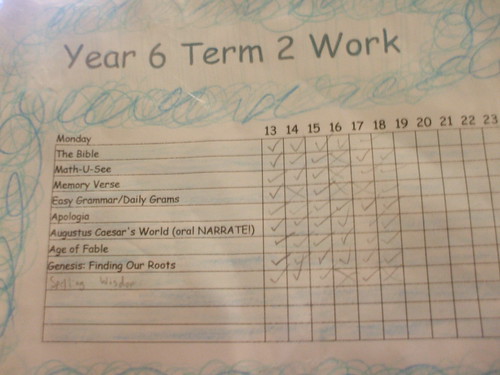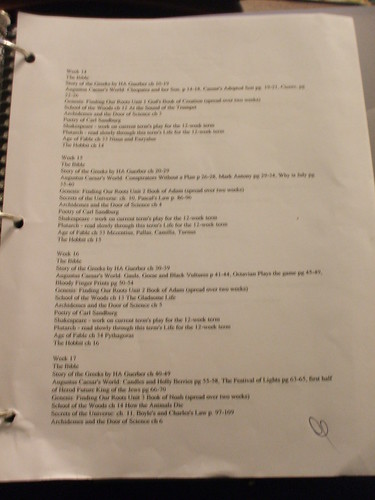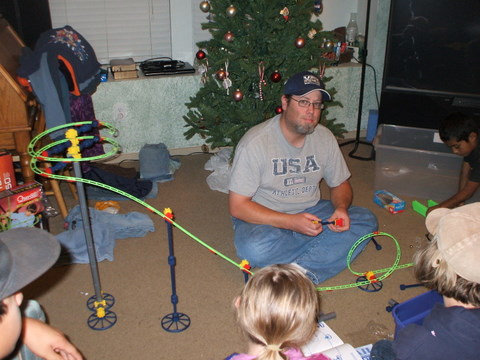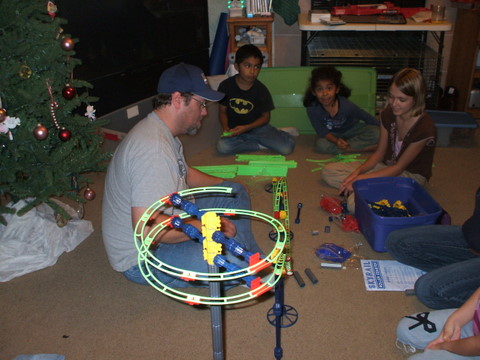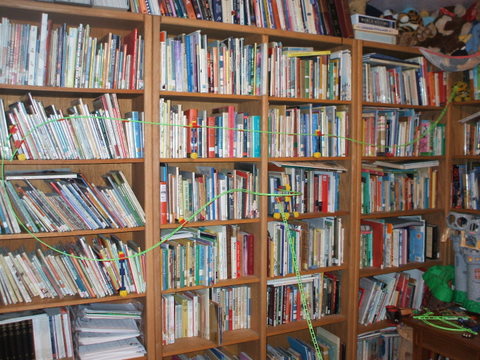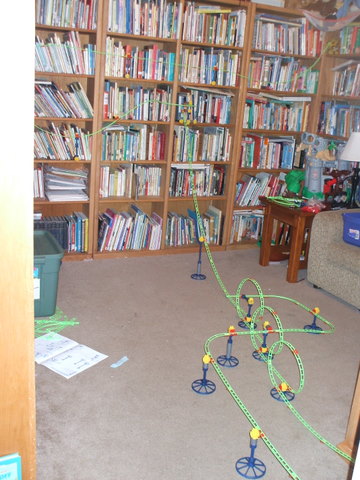
I admit it. I am a checker-off-er. I have too many things to remember to NOT be a checker-off-er. If I don't have a written record, I most likely won't remember it. Therefore, I need to have check-off sheets for the childrens schoolwork. In addition, I am constantly striving to work myself out of a job. I want my children to be able to do school themselves if I have to be away for some reason. Check-off sheets help accomplish both of these ends.
After trying numerous planners that weren't right for me, I found
LindaFay's wonderful site. Her articles have been so helpful as I have developed my homeschool philosophies and goals. She has a
forms site, too, I discovered. There I found the
check off sheet I have used for the past two or three years. It's a perfect fit!
Here's how I organize a Year. First, I downloaded the checkoff form to my computer. I add Bible, Memory Verse, Grammar or Phonics and Math-U-See since these are daily subjects which all the children need on their lists. I save it as "Master Planner", then open it up again and rename it "Year __ Term ___" and save it again. I have folders for each Year and save the completed forms into them, so that each fall I have most of the work done and need only make small adjustments for the new year and the new student.
Next, I refer to the
AO site. I go to the booklist for the Year I am planning. I print a copy of the booklist so I don't have to be flipping back and forth on the computer tabs, and I can scratch and scribble my notes and plans on the booklist as I organize my thoughts.
I choose which books I am going to use from the booklist and which I will substitute. I am not a slave to the AO booklists! If I don't care for a book, I will change, even in the middle of it, if I must! I write these on the blank back of the booklist. I add in books that I want to include that aren't on the booklist. I note which books are daily or twice-weekly reads and which are only weekly, so I can add them the correct number of times to the schedule.
Next I begin to arrange the books into the check off sheet on the computer. I sort them by subject and by difficulty. I don't want to put all the hardest books on the same day!
Bible,
Memory Verse,
Grammar,
Phonics and
Math-U-See are already added in the previous step. I choose to have Monday and Tuesday our heaviest days, since we are fresh from the restful weekend. I arrange the bulk of the harder 'core' subjects on these days. I balance them out with free reading and literature. Science (Apologia) is daily for the
older children, twice weekly for
3-6th graders. I add and change around the remaining books until I am happy with the arrangement.
I make sure to note if I want a written or oral narration of a certain book, because if I don't, I
will forget to ask for it. I even add in "Read a story aloud" or "Help a Little with a page" in the older children's lists. I want them to be developing teaching skills as well as academic ones.
I choose to schedule all our weeks work into four days, with Fridays being reserved for fine arts, field trips, service opportunities, and catch-up, in case something unexpected happened earlier in the week. I have the freedom to drop school for a day if something fun or challenging comes up, without falling behind. That freedom is important to me.
Once I am pleased with the form, I print it out on cardstock. I slip it, back to back (since it is two pages), into plastic sleeve and it goes into the students binder. It is referred to by the child, to see what he or she must accomplish on a given day, and serves to help me see at a glance what they need to do still before earning free time.
I hope that's a clear presentation of what works for me on scheduling. Please do ask if you have any questions or need clarification on anything I have mentioned. :)
